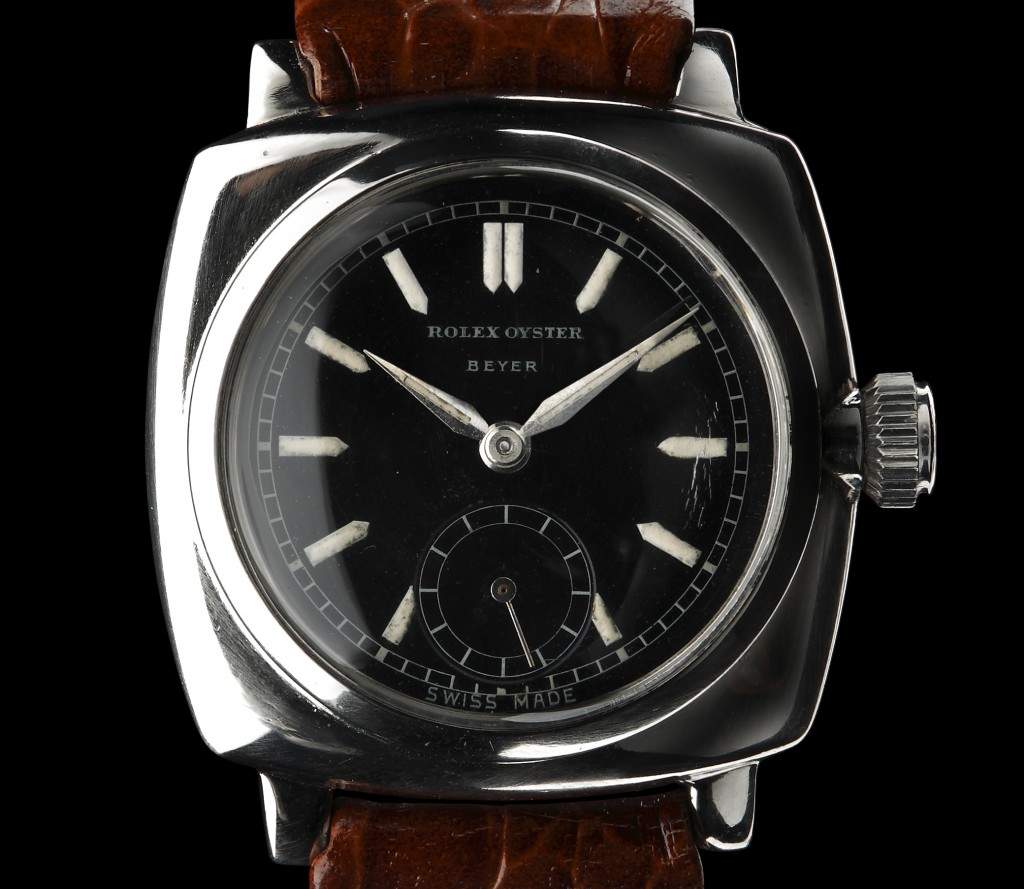
It is really unbelievable. For the person not looking for it- it is almost invisible. But right in the heart of Zurich is a worldclass watch museum.
How good is this museum? Well it is not far behind Patek Philippe’s museum which is probably the worlds best.
Do you want one of the rarest clocks ever made by the most important watchmaker Abraham-Louis Breguet? No problem. The Rolex watch worn by Sir Edmund Hillary when he climbed Mount Everest? This museum has it. A beautiful enameled pocket watch with the portrait of the King of Saudi Arabia? Also included.
Sure – Geneva might be the watch capital of the world, after all some of the greatest brands on earth are based there (Vacheron Constantin, Patek Philippe) but Zurich is home to one of the best watch collections / museums the world has to offer. Where is it?
Well its at Bahnhofstrasse 31 inside BEYER, the oldest and most respected watch retailer in Zurich.
Beyer is still run by the Beyer family, now in its 8th generation (can you imagine!?) and is run by Rene Beyer.
However the brainchild and the initiator of the museum was his father Theodore Beyer who built up the museum from its founding in 1971. Theodore Beyer would travel the world to find interesting timepieces ranging from early clocks to enamelled pocketwatches and rare wristwatches.
In short -this museum is a must for any serious watch collector. So enjoy the tour of one the most impressive watch museums you probably never knew existed.
We start with a beautiful Cartier Clock Mysterieuse from circa 1980′s with Buddha

A stunning Patek Philippe pocket watch, 1955, with the portrait of the King of Saudi Arabia -King Saud (1902-1969) in Enamel.
It was not uncommon for Patek to deliver pocket watches to the Kingdom of Saudi Arabia. Other portraits Patek made for the Royal house include King Fahd and King Faisal of Saudi Arabia.
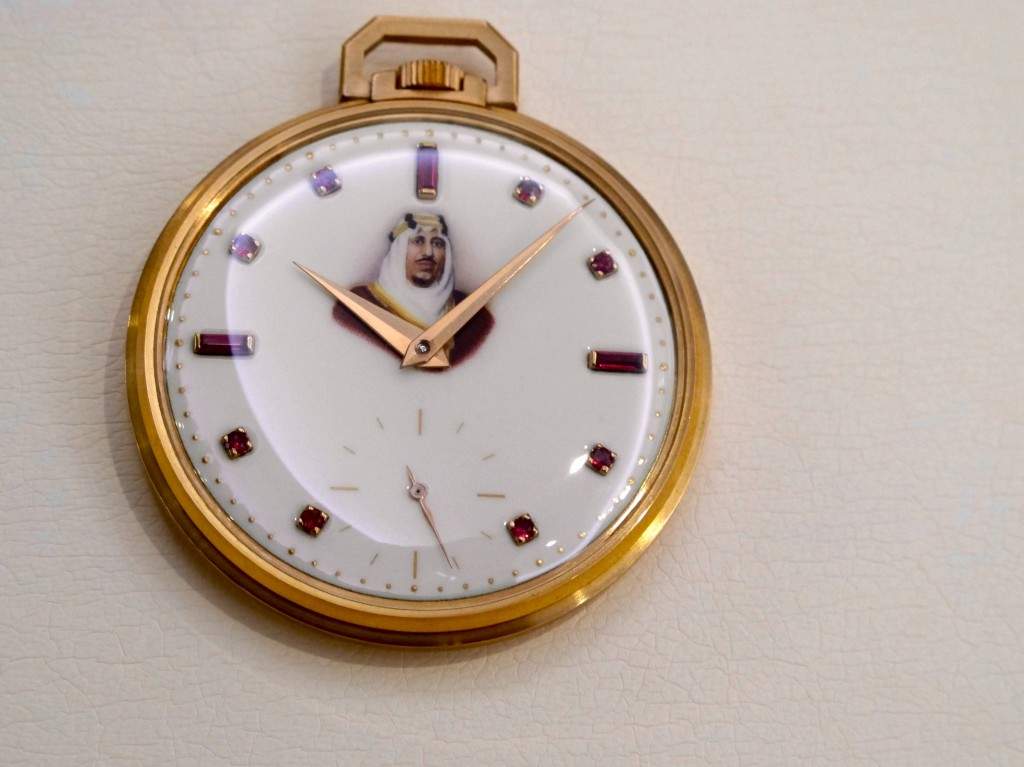
A big highlight of the Museum: Pendule Sympathique by Louis Abraham Breguet around 1830.
This desk watch is extremely important for many reasons:
Firstly Louis Abraham Breguet was the inventor of the ‘tourbillon’ as well as the Breguet balance ‘spiral’ spring which is used in most mechanical watches to regulate the speed at which the wheels of the watch turn.
Secondly Breguet is probably the most important watchmaker that ever lived. His clients included the Bonaparts, Marie Antoinette and pretty much every member of the European Royal family.
Third this desk watch is unique in that it includes a pocket watch which will synchronise the time with the desk watch provided it is placed on top (see picture below). The synchronisation happens at 12 o’clock (remember this watch was made more than 180 years ago- how cool is this)!
This desk watch ‘Pendule Sympathique’ was made for Napoleon Bonaparte’s brother Joseph Bonaparte, King of Spain from 1808-1813.
The only other known example of this watch is presently owned by her majesty Queen Elizabeth II, constitutional monarch of the United Kingdom.
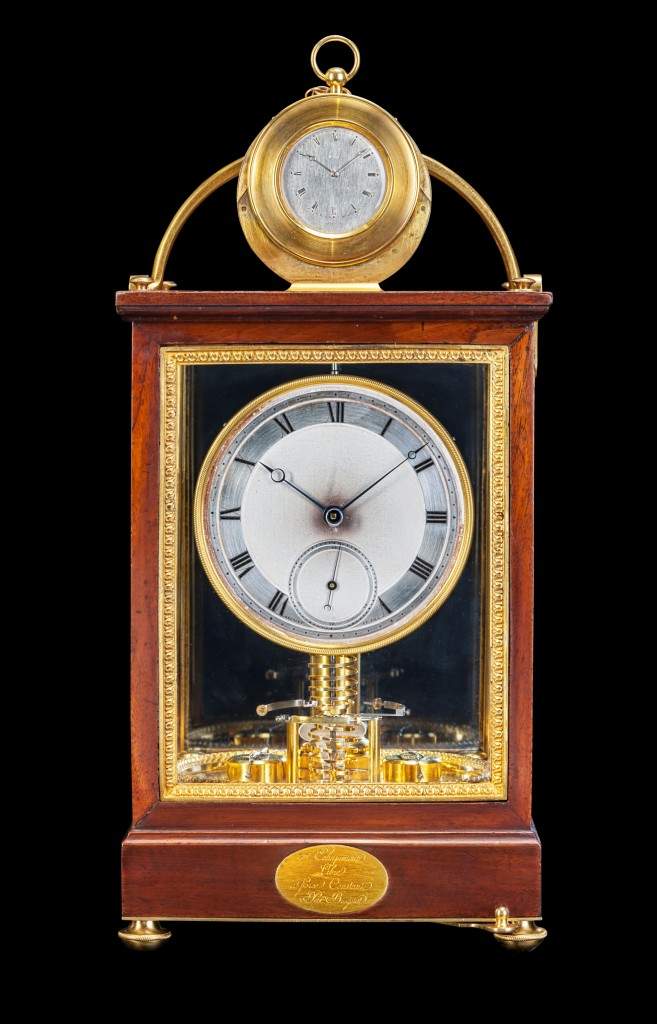
Below the portrait of the watchmaker himself Louis -Abraham Breguet
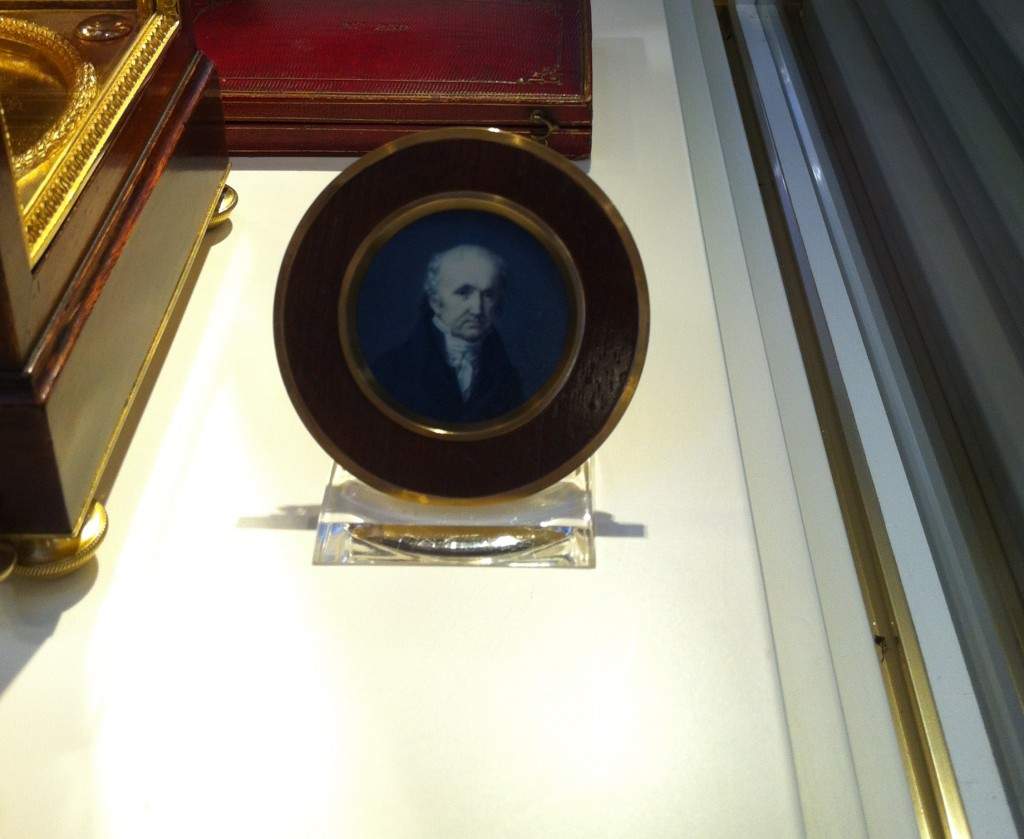
Below an exceptional desk watch by Patek Philippe 1938 showing the world time and hour repetition.
This piece is decorated with fine Enamel and carries an 8day mechanism developed by Louis Cottier.
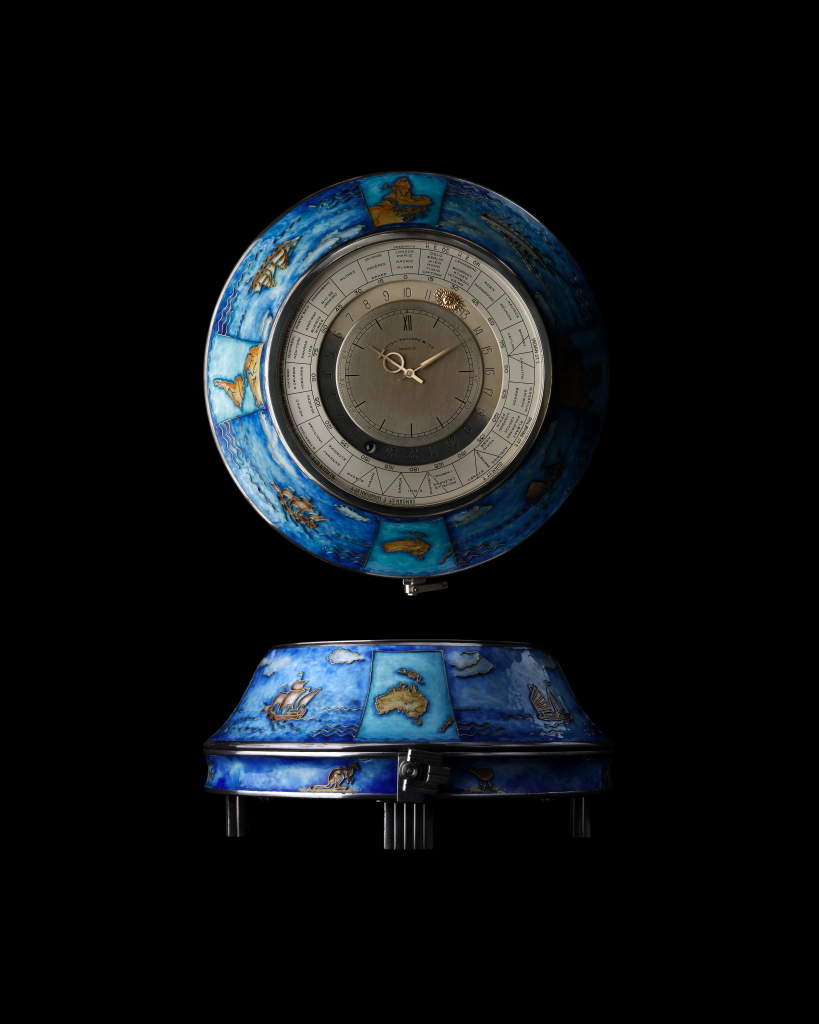
The same beautiful desk watch but with a view on where it resides in the museum.
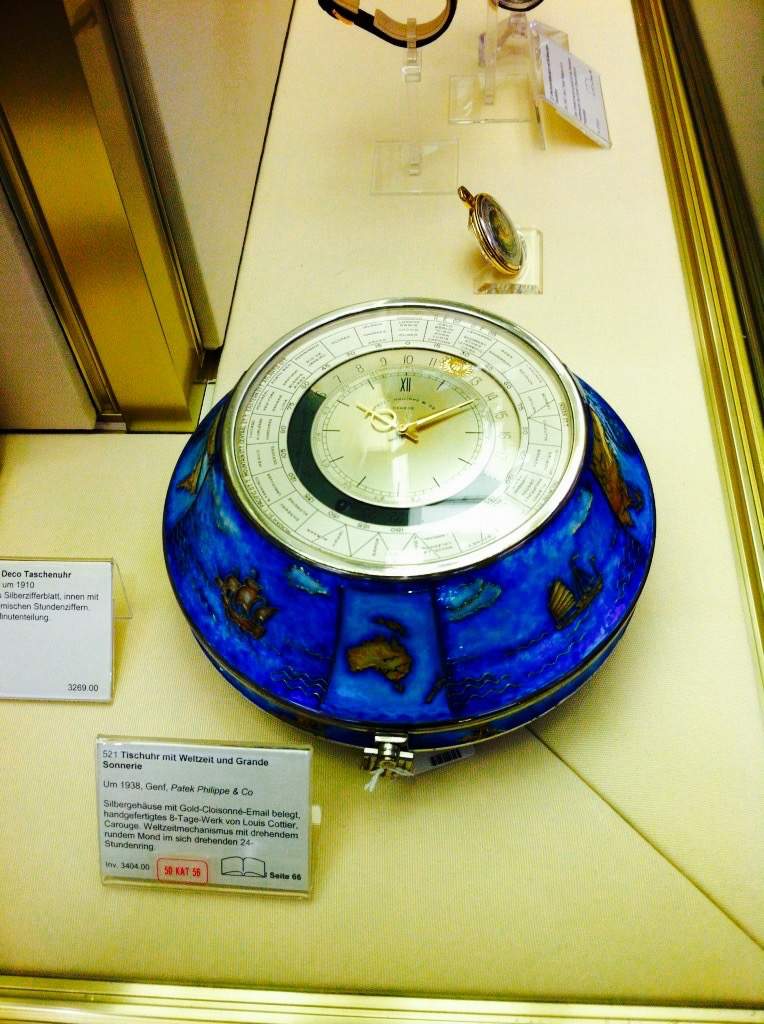
Below another fine and exceptional pocket watch world time by Patek Philippe circa 1940s. With a fine Enamel dial.
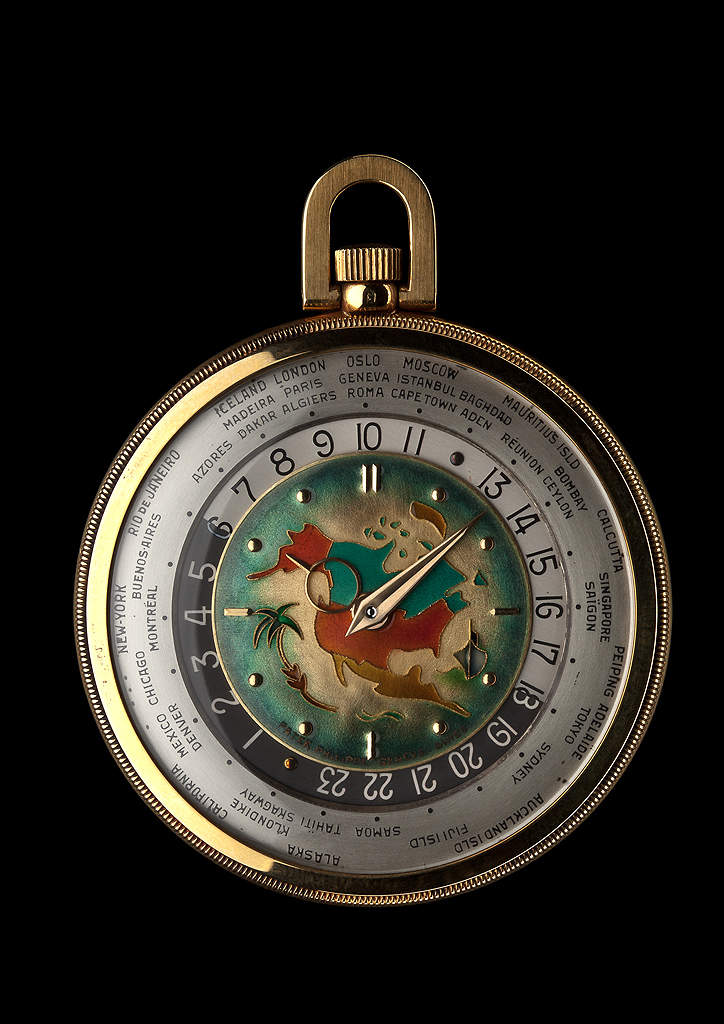
The colors of the Enamel of this pocket watch is simply outstanding. Another picture below.

Staying with Patek, an exceptional Perpetual Calendar pocket watch with astronomical indicators as well as sun rise and sunset made in 1898.
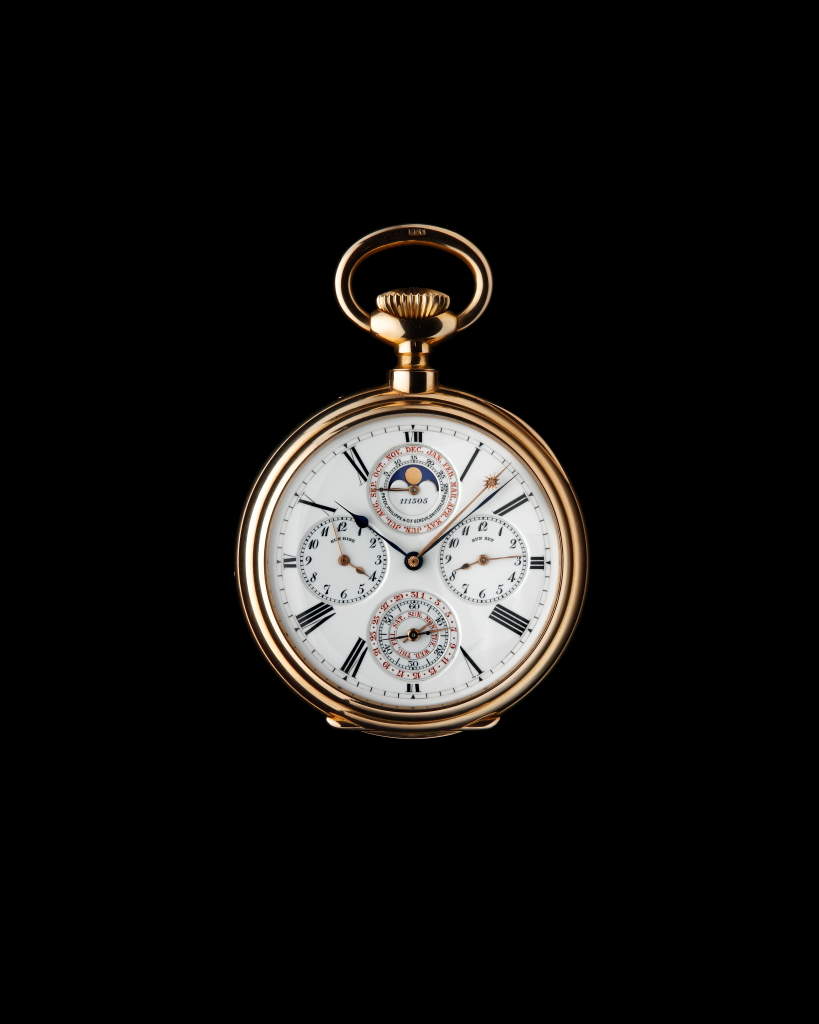
Moving to wristwatches from Patek, Beyer has a beautiful 2499 fourth series – of course signed Beyer
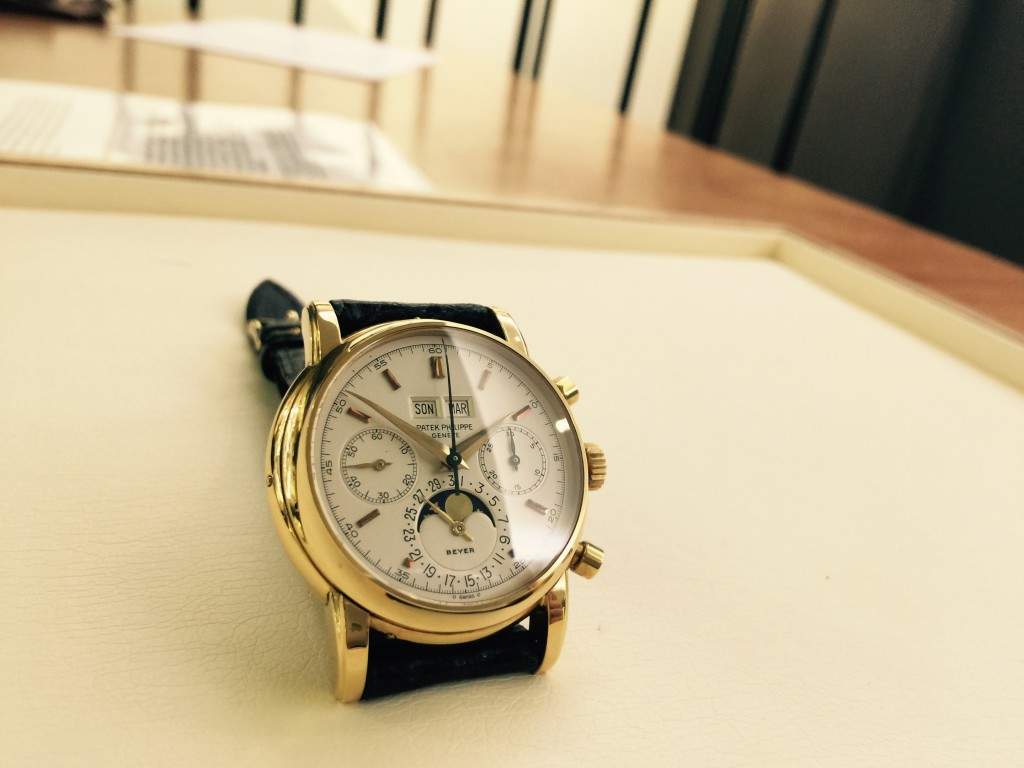
Below an exceptional pocket watch made completely by hand from Mr. George Daniels in 1980. Mr. George Daniels counts as one of the most skilled watchmakers of the last century.
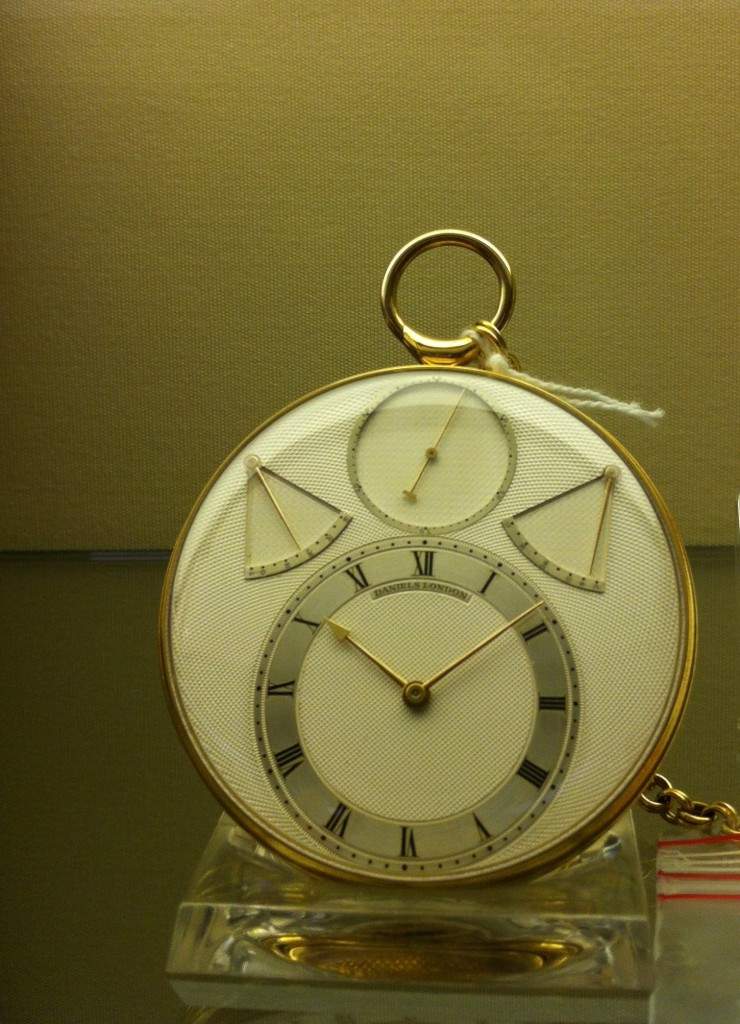
Below another highlight: An early Rolex wristwatch 1931- one of the first watches to be powered by an automatic rotor.
A milestone because most watches untill that period had to be hand wound.
Rolex is today famous for the ‘automatic’ movement powered by a rotor which winds itself with movement of the watch.
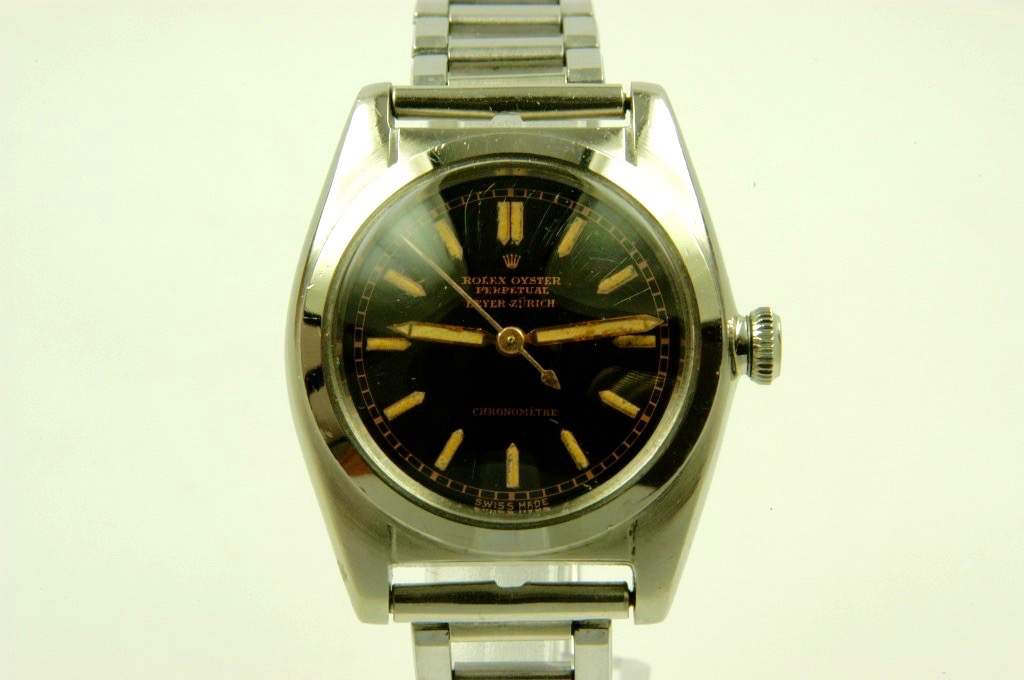
Another major highlight of the museum:A 1953 Rolex Oyster Perpetual.
This watch was worn by Sir Edmund Hillary when he climbed Mount Everest in on the 29th of May 1953.
The Rolex Explorer became subsequently an Icon within the Rolex models to the association Rolex had with Sir Edmund Hillary.

A more ‘natural’ picture of the watch – without exaggeration – perhaps the most important Rolex Explorer in the world
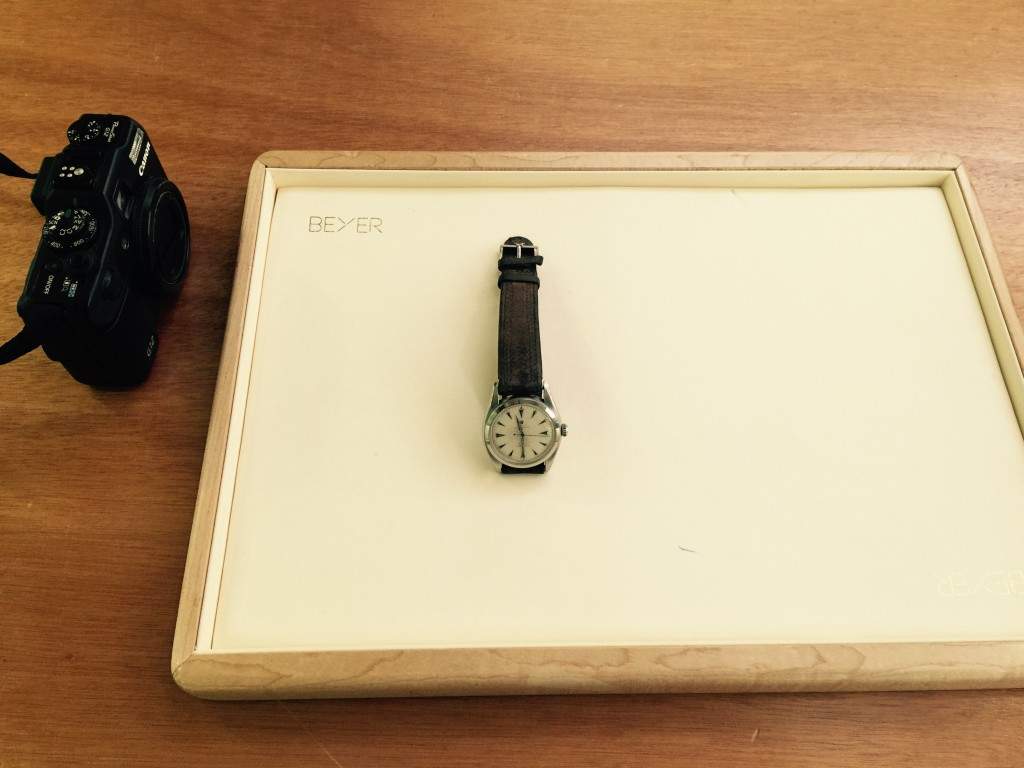
A picture of Sir Edmund Hillary and Tenzing Norgay on Mount Everest 1953.
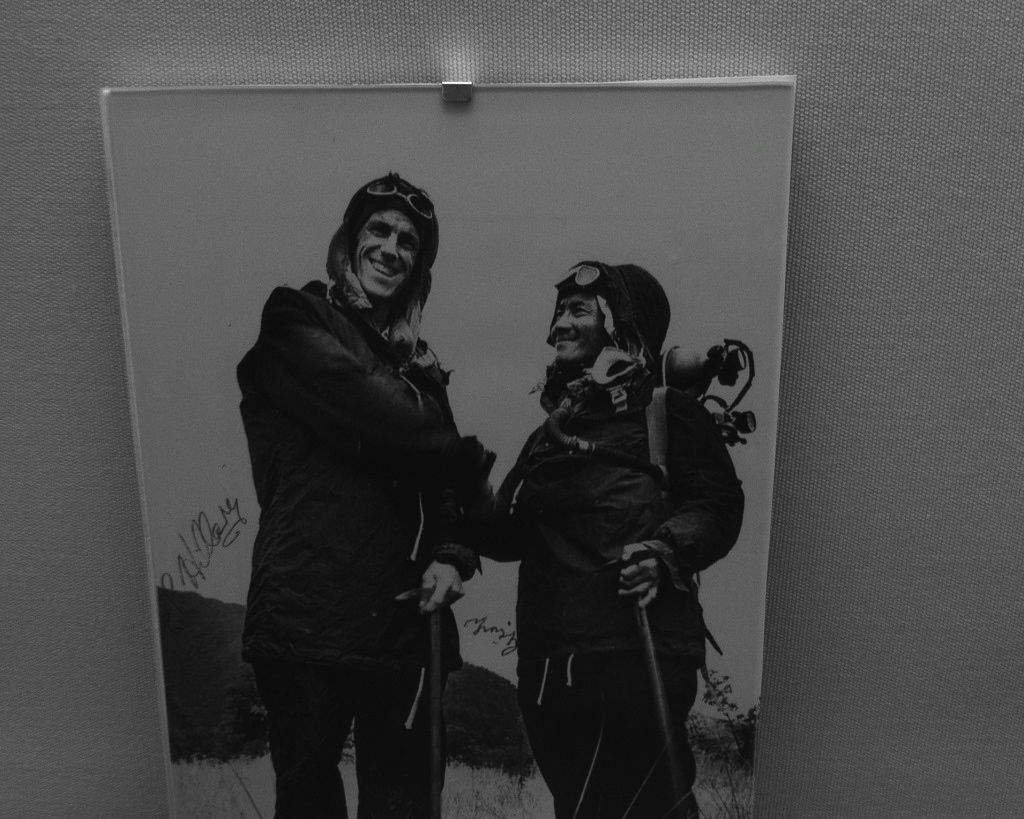
A Rolex Oyster from 1933: One of the first water resistant wristwatches Rolex has ever made and produced from 1926 onwards.
Notice the Beyer signature on the dial.
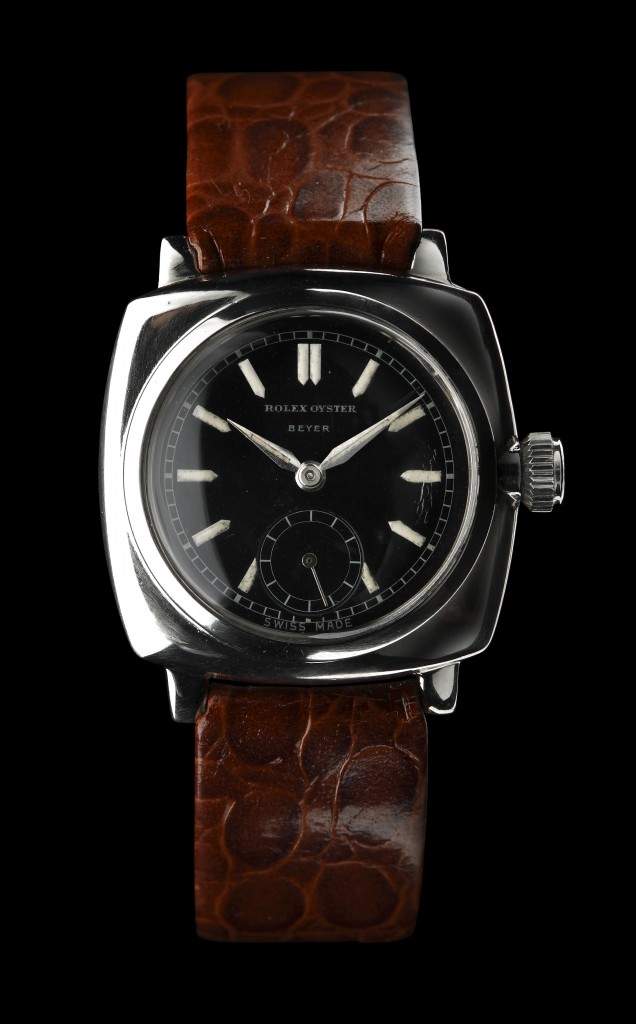
Another very early Rolex – one of the earliest Date just models. The condition of this watch seems outstanding.
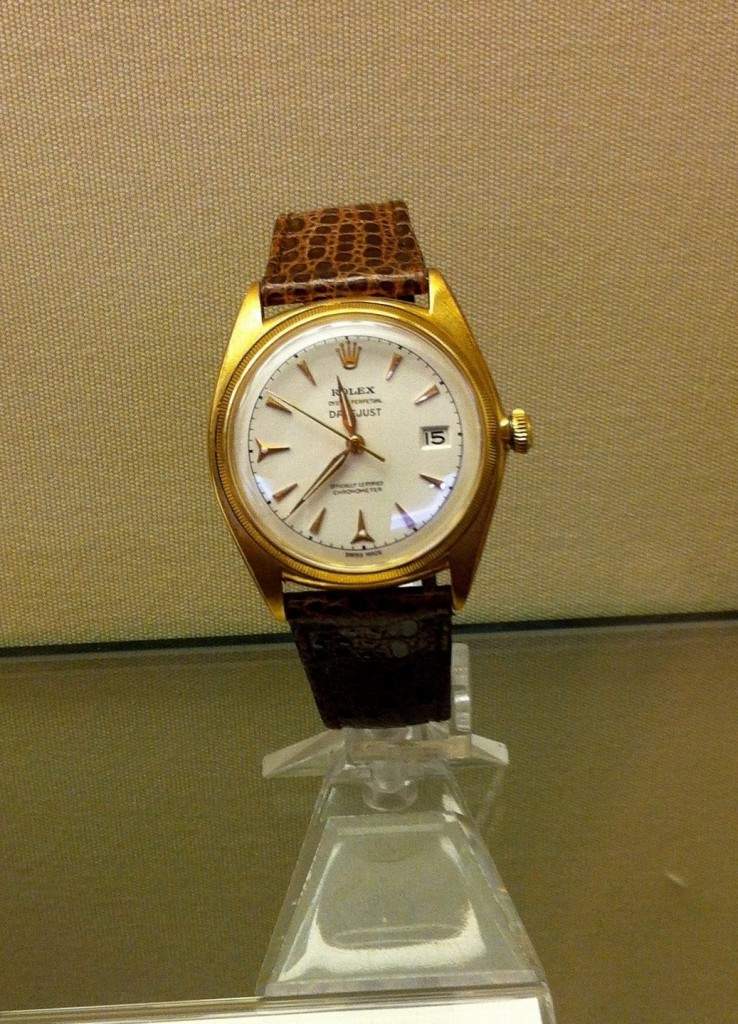
We bet you didn’t know this:Patek Philippe made Atomic watches at one point.
Below an unusual Atomic watch made probably in the 1970s . Notice on the last picture the signature of Patek Philippe.
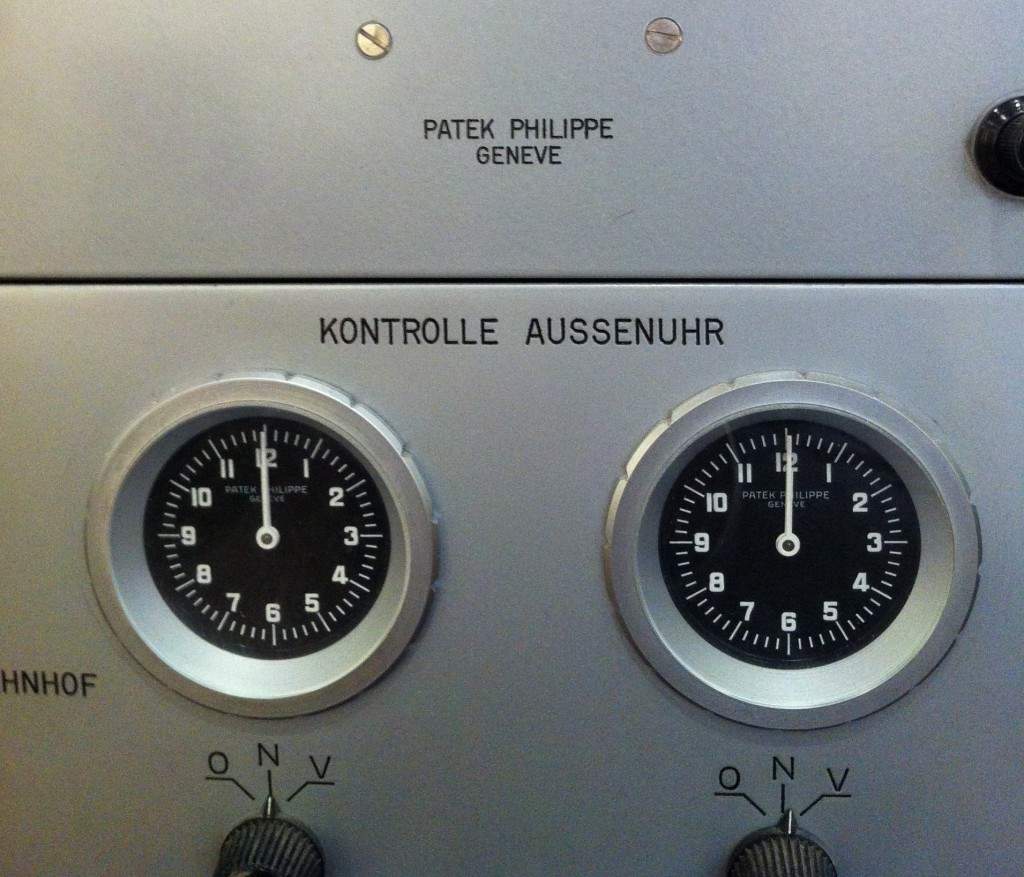
More information on the Beyer Museum can be found here.
For my interview with Mr Beyer the eighth generation to lead the Beyer firm please see my post here.
